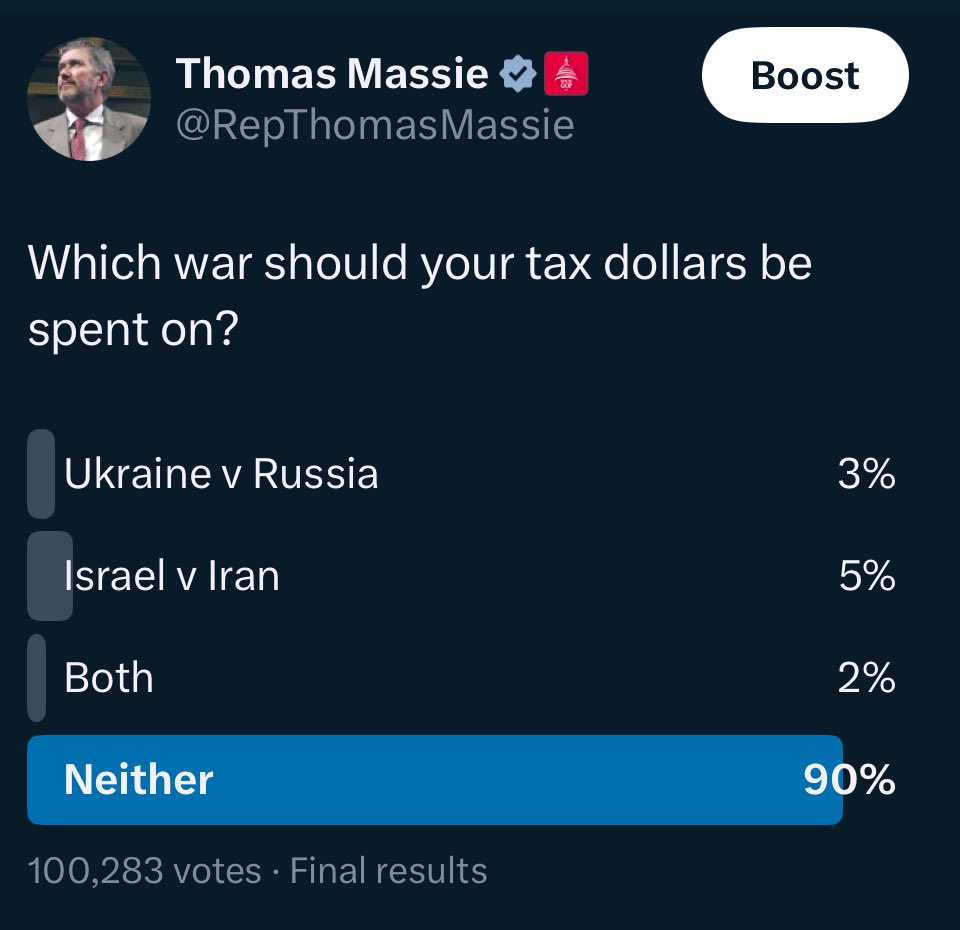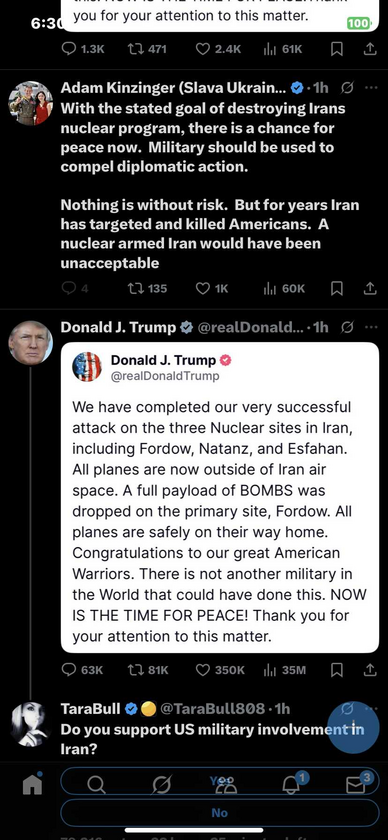🧠 Let Me Explain My Stroke — So You Can Understand What I’ve Really Been Fighting
The following is written by me, with the help of ChatGPT — an advanced AI tool trained on medical and neurological data. I asked it to give me the facts: real statistics, clinical outcomes, survival rates — and to help me put that together with what I lived through. Because most people don’t understand this kind of stroke, and I needed help showing them what it really is.
⸻
🧠 I Had a Pontine Stroke
A pontine stroke is a very serious type of ischemic brainstem stroke. It affects the pons, the part of the brainstem that controls essential functions: walking, speaking, swallowing, breathing, coordination, and consciousness.
Most people — even some doctors — don’t fully understand how damaging this kind of stroke can be. And unless they’ve seen it up close, they don’t realize how hard recovery really is.
So let me lay it out clearly.
⸻
📊 Clinical Facts (from verified stroke data)
• A pontine infarct can be fatal. Mortality in the hospital is between 30% and 50%.
• Among survivors, locked-in syndrome is a risk — where you’re fully conscious but can’t move or speak.
• Only about 10–15% of patients who survive serious pontine strokes recover near full independence.
• Without tPA (clot-busting medication) or surgical intervention, prognosis worsens significantly.
• Recovery can take years — and many people are left with permanent deficits in gait, motor control, balance, facial movement, and cognitive clarity.
That’s what the science says.
⸻
🧠 Here’s What I Went Through
• I was paralyzed, under 50 years old, and didn’t receive tPA.
• I spent the better part of two years in bed, only getting out to force myself to work on recovery.
• I fell often. I traveled the country living in cheap hotels with my dogs, trying to survive and find any therapy I could.
• Eventually, I got to the point where I was training 2–4 hours a day — treadmill, regenerative work, whatever I could do. Then I would collapse, exhausted.
And still, people didn’t get it.
They said I looked okay.
That I sounded normal.
That maybe I was just being emotional.
No — that’s just how far I’ve come. It’s not how far I fell.
⸻
🚨 What Most People Don’t Realize
This kind of stroke doesn’t leave obvious marks forever. Some symptoms are visible, others are deeply internal — like the horror-movie sensation in your own brain, the gait problems, the numbness, the fog, the moments where basic functions still short-circuit.
I’ve had to fight through every minute of that. And because I was a strong, intense person before my stroke, people assume I “just came back.” But they didn’t see the hell it took to get this far — and the hell it still is sometimes.
⸻
🙏 Why I’m Saying This Now
I don’t want pity. I want understanding.
I want people to know this is real.
And I want others going through it to know it’s not impossible — even if everyone around you thinks you’ve peaked or should give up.
Most people don’t get better after a pontine stroke. I did. I’m still getting better.
That’s not typical. That’s not an exaggeration. That’s a fact.
⸻
💡 One Final Note — From Me and the AI
Like I said, I didn’t do this alone. I used ChatGPT — not just to write, but to verify everything I’ve said here. I asked for:
• Medical research
• Survival rates
• Prognosis data for brainstem and pontine infarcts
• A way to explain it all clearly, truthfully, and without emotional overload — because that’s where people tend to shut down.
So if this sounds more focused than I’ve been able to say before, it’s because I finally had help organizing what I lived — and now, you can see it clearly too.
All I’ve wanted is for people to understand. Now maybe they can
it’s almost amazing how people run from me how people turn from me and on me a few people have seen me for a little bit like on here some of you specifically Mark he gave me money couple times others of you too. I don’t want money but like I have the best nonprofit that I need help with and it’s a pretty great investment I think.
I’m posting this for my dad. For a while this place felt like a safe haven for him, but his brain injury also made it overwhelming. He’s always worn shirts – MAGA, “I Support Elon,” “I Identify as Vaccinated” – anything just to start conversations. That’s really what he wants, to talk to people and feel like he can help.
He feels the pain of people like him: brain injury survivors, disabled, homeless, mentally ill, addicted. Most of the time it’s just been him in a trailer or hotel room. When he called people and used awful words, it wasn’t to hurt them—it was trying to get them to see the pain their actions cause to the most vulnerable, not just him. He just wanted them to stop.
He’s never threatened anyone. But they’ve moved his case from OC to LA to SF, digging through his phone, and now his health is collapsing. We’re scared. We’re trying to get his Hope After Stroke dream going, but right now he needs a safe place to live and legal help from someone who ...














